- Have any questions?
- +380 (50) 50 73 903
- uapothecary.pharmacy@gmail.com
Pyrantel Polpharma oral suspension 250 ml/5 ml bottle 15 ml
$15.69
Pyrantel is an anthelmintic drug active in the treatment of diseases caused by roundworms. pyrantel blocks the motor nerve endings of nematodes, causing the death of parasites due to muscle paralysis. parasites are removed from the intestines by peristaltic movements. It does NOT irritate the intestinal mucosa and does not lead to the migration of worms. the harmful effect of pyrantel applies to parasites both in the early phase of their development and to sexually mature forms, but does not affect larvae during the period of migration in tissues. the drug is used for infestation by pinworms (enterobius vermicularis) and roundworms (ascaris lumbricoides). can be used for hookworm (necator americanus) infestations.
Pharmacological properties
Pharmacodynamics. Pyrantel is an anthelmintic drug active in the treatment of diseases caused by roundworms. pyrantel blocks the motor nerve endings of nematodes, causing the death of parasites due to muscle paralysis. parasites are removed from the intestines by peristaltic movements. It does NOT irritate the intestinal mucosa and does not lead to the migration of worms. the harmful effect of pyrantel applies to parasites both in the early phase of their development and to sexually mature forms, but does not affect larvae during the period of migration in tissues. the drug is used for infestation by pinworms (enterobius vermicularis) and roundworms (ascaris lumbricoides). can be used for hookworm (necator americanus) infestations.
Pharmacokinetics. After taking the drug is absorbed in a small amount in the gastrointestinal tract. About 7% is excreted in the urine unchanged and partially as metabolites. More than 50% of taken pyrantel is excreted with feces.
Indication
Enterobiosis and ascariasis in children and adults, hookworm.
Application
For children and adults with enterobiosis, ascariasis, the average dose is 10-12 mg/kg of body weight per 1 dose:
children under 6 months – ½ measure of suspension per 10 kg of body weight for 1 dose;
adults with a body weight of up to 75 kg – 3 measures per 1 dose;
adults with a body weight of more than 75 kg – 4 measures per 1 reception.
In the treatment of enterobirosis, to improve the effect, it is recommended to strictly follow the rules of personal hygiene (especially for children) and repeat the course of treatment 3 weeks after the previous one.
In cases of hookworm infection in the case of severe infestation in endemic areas, a dose of 20 mg/kg of body weight per day for 1-2 doses over 2-3 days is prescribed:
children under the age of 6 months – 5 ml (250 mg) – 1 measure per 10 kg of body weight per day;
adults weighing up to 75 kg – 30 ml (1500 mg) – 6 measures per day;
adults with a body weight of more than 75 kg – 40 ml (2000 mg) – 8 measures per day.
In the treatment of Ankylostoma duodenale infestation, a single dose of 10 mg/kg of body weight may be sufficient.
A measure (5 ml) with divisions is added to the package.
Contraindication
Increased individual sensitivity to the drug. simultaneous use of piperazine. avoid the use of pyrantel during the treatment of myasthenia gravis.
Side effects
The drug is usually well tolerated. in rare cases, the following violations are possible:
from the gastrointestinal tract: nausea, vomiting, loss of appetite, abdominal pain, diarrhea, constipation, tenesmus;
from the nervous system: fatigue, weakness, paresthesia, ataxia, headache, dizziness, insomnia, drowsiness;
on the part of the skin: urticaria, rash on the skin;
hepatobiliary disorders: increased level of hepatic transaminases;
others: hyperthermia, nasal congestion, visual impairment.
Special instructions
It is necessary to prescribe the drug with caution in case of liver dysfunction (temporarily increases the level of acetylsalicylic acid). do not use laxatives during treatment. with enterobiosis, simultaneous treatment of all family members should be carried out. after completion of treatment, control studies of feces for the presence of parasite eggs should be carried out. to prevent re-infection, it is recommended to strictly follow the rules of personal hygiene.
Use during pregnancy or breastfeeding. In experimental studies on animals, there are no data on the teratogenic effect of the drug. However, given the lack of controlled studies on the use of pyrantel during pregnancy and breastfeeding, prescribing the drug during these periods is not recommended. Treatment with the drug during pregnancy is possible only if, in the doctor’s opinion, the benefit to the mother exceeds the potential danger to the fetus.
If treatment with Pyrantel is necessary, breastfeeding should be stopped.
Children. It is used in children aged 6 months and older. It is necessary to prescribe with caution to children under the age of 2 years.
The ability to influence the speed of reaction when driving a motor vehicle or working with other mechanisms. Dizziness, drowsiness and weakness, which may occasionally be noted during treatment with the drug Pirantel, may affect the speed of reaction when driving vehicles or impair the ability to work with machines and mechanisms.
Interactions
Pyrantel can increase the level of theophylline in blood plasma. simultaneous use of piperazine inhibits the effect of pyrantel.
Overdose
Symptoms: nausea, vomiting, lack of appetite, spastic abdominal pain, diarrhea, headache, drowsiness or insomnia, agitation, skin rash, liver damage.
Treatment: gastric lavage and taking a saline laxative. Symptomatic therapy.
Storage conditions
At a temperature not higher than 25 °C, in a place inaccessible to children. protect from light. after opening the bottle, store with a tightly closed lid for 21 days.

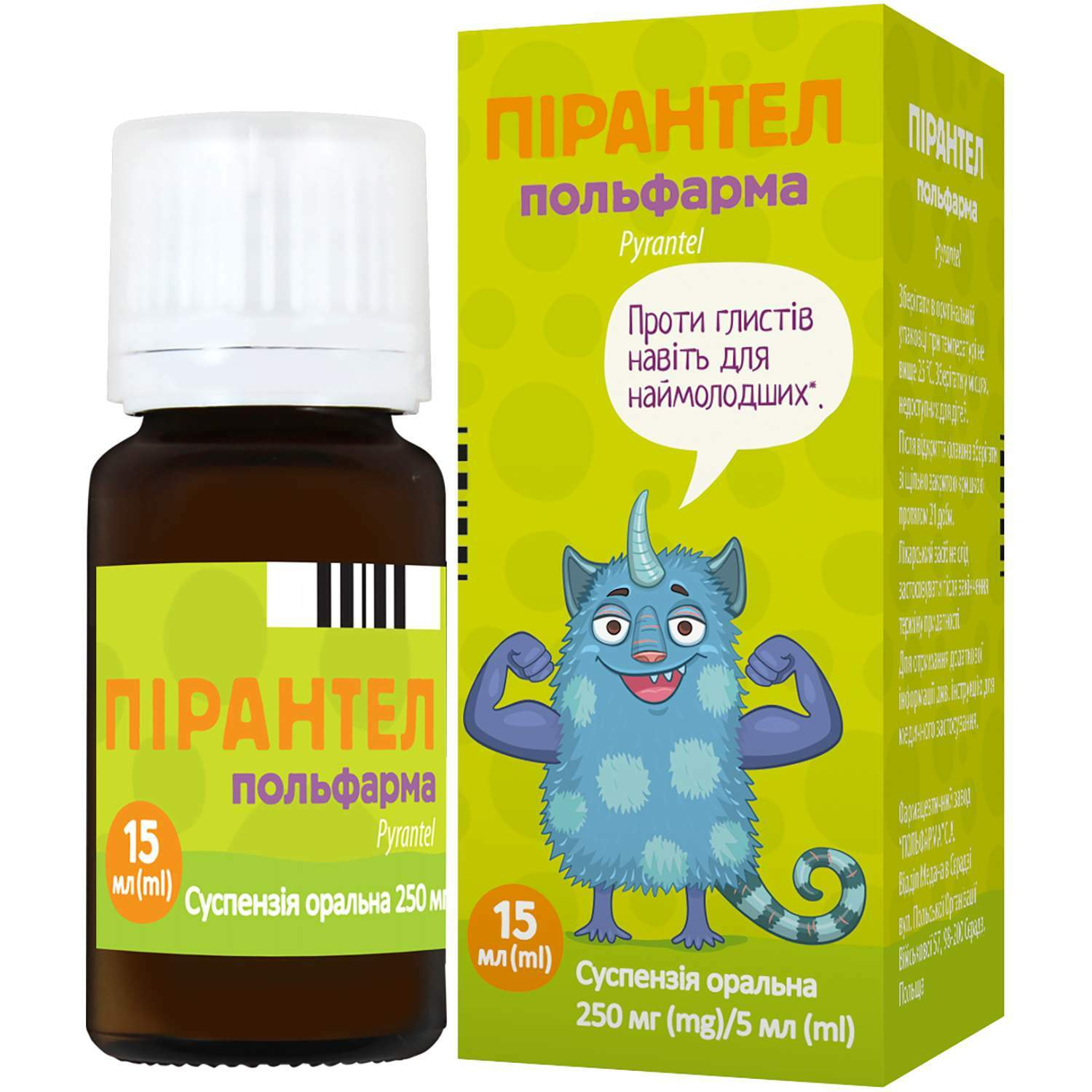
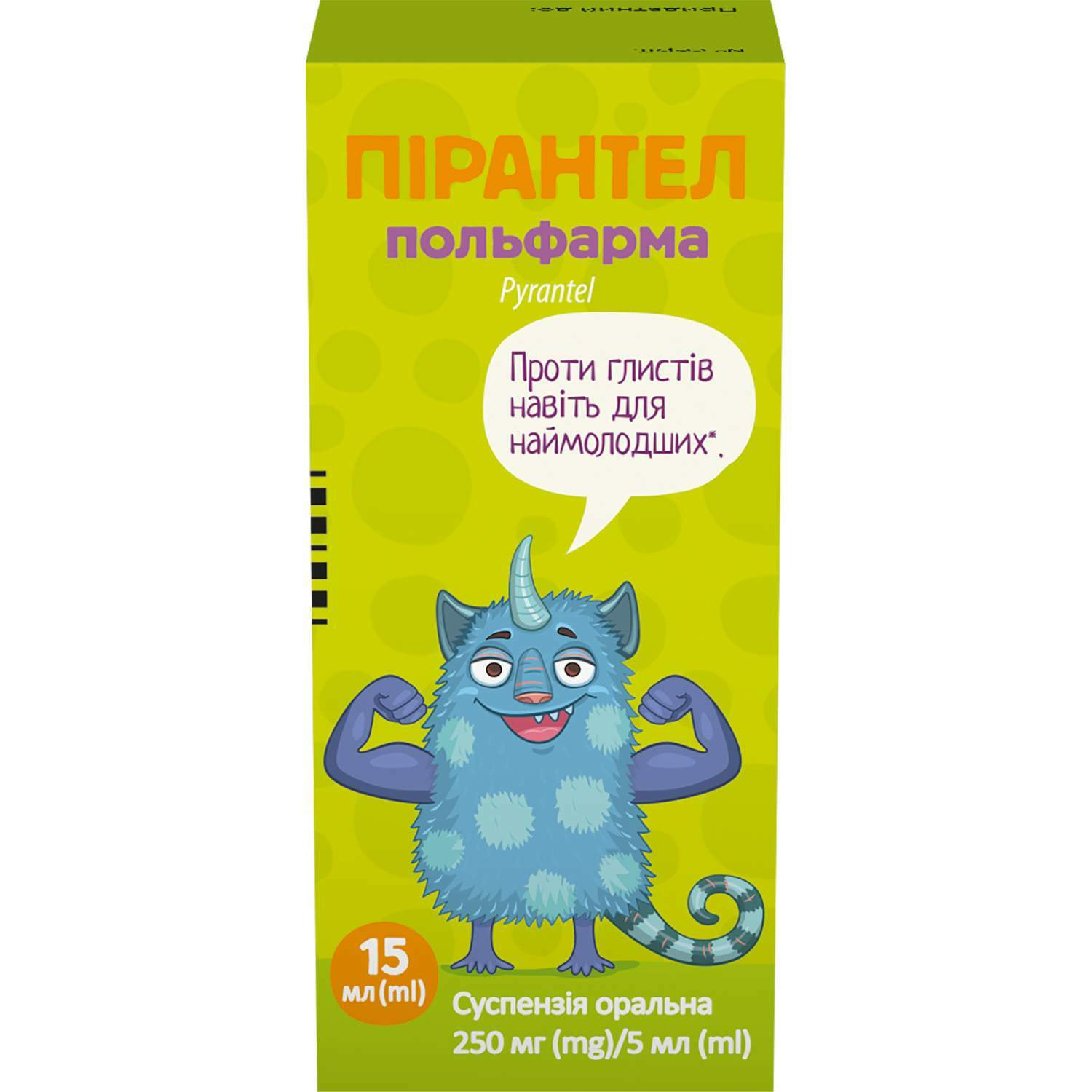
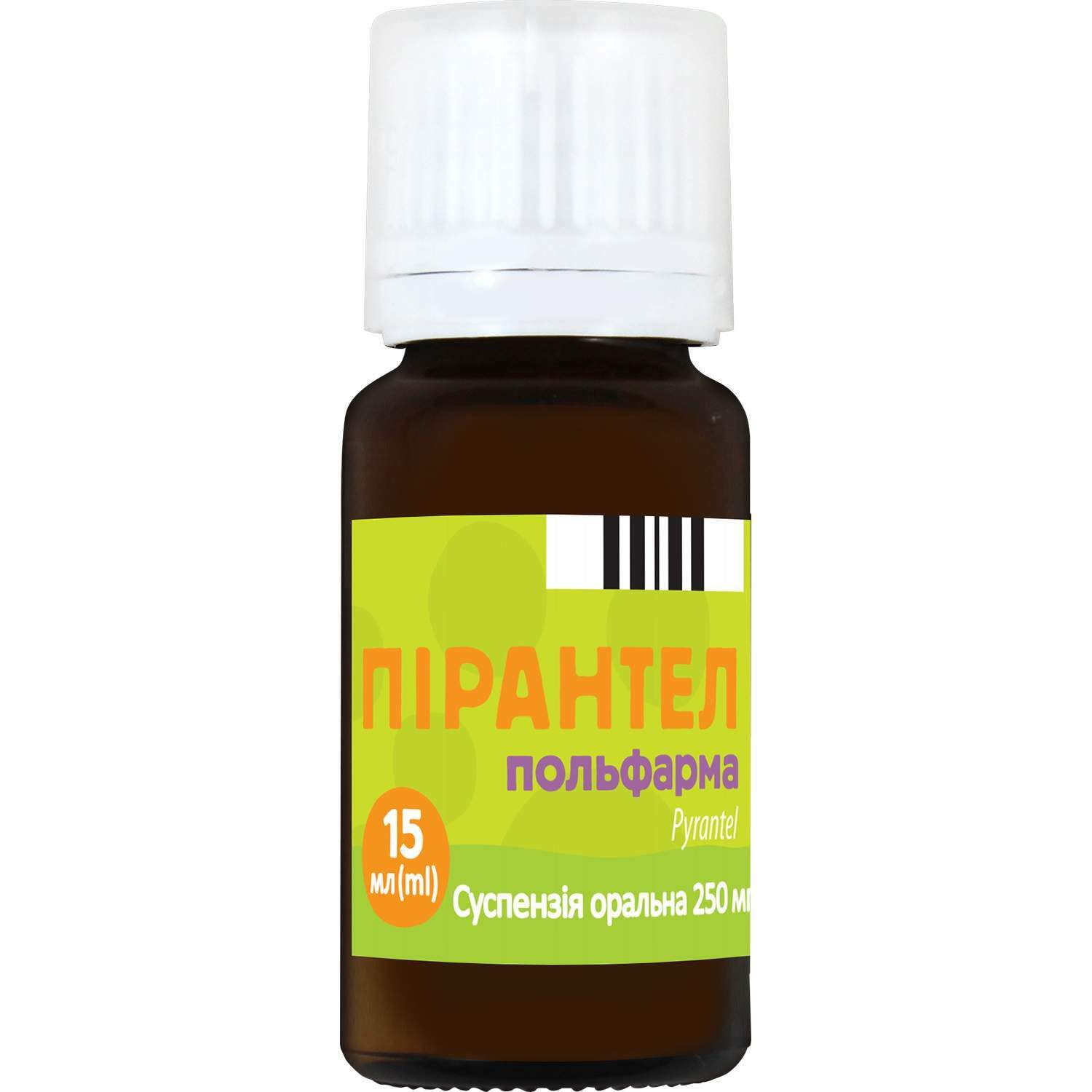

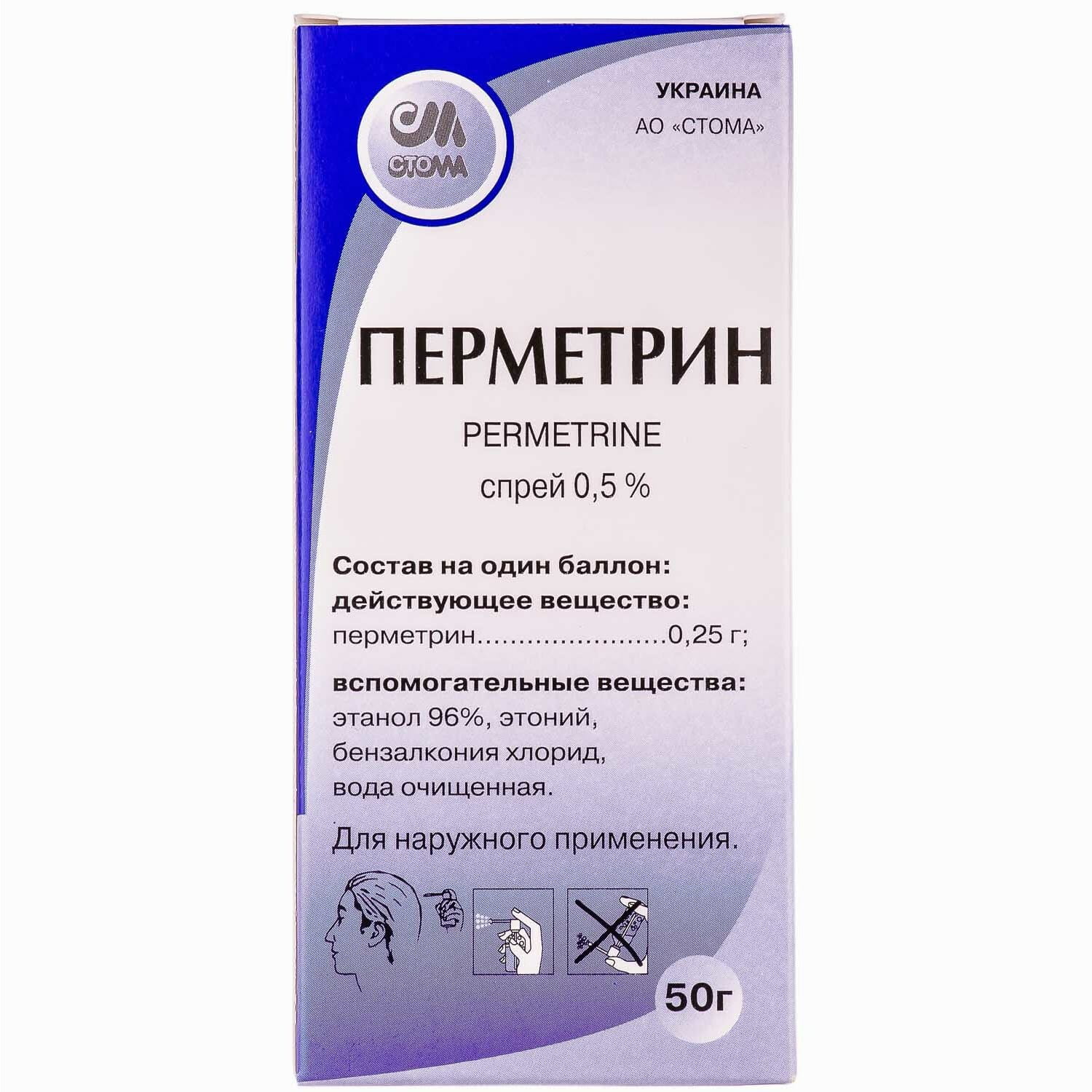
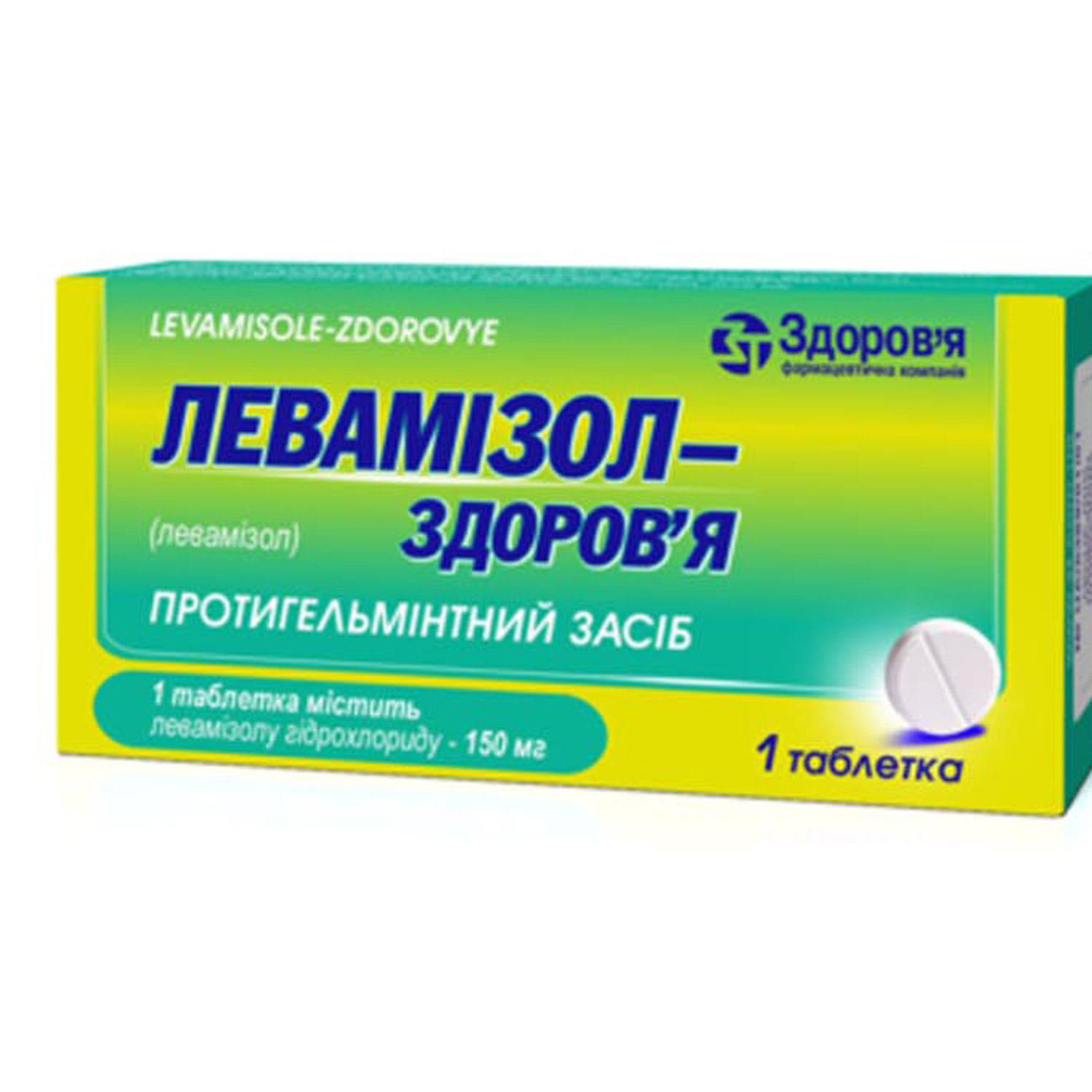
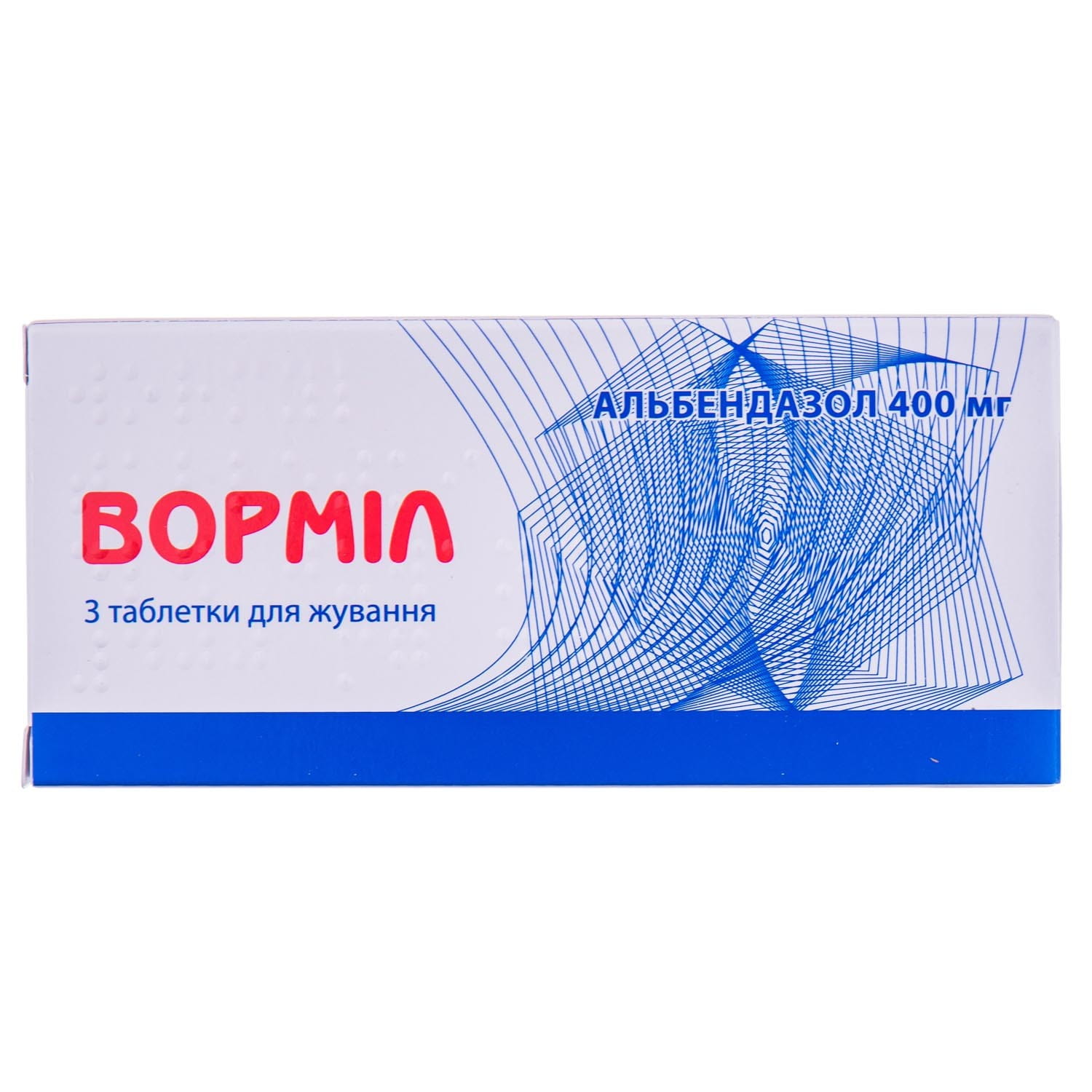
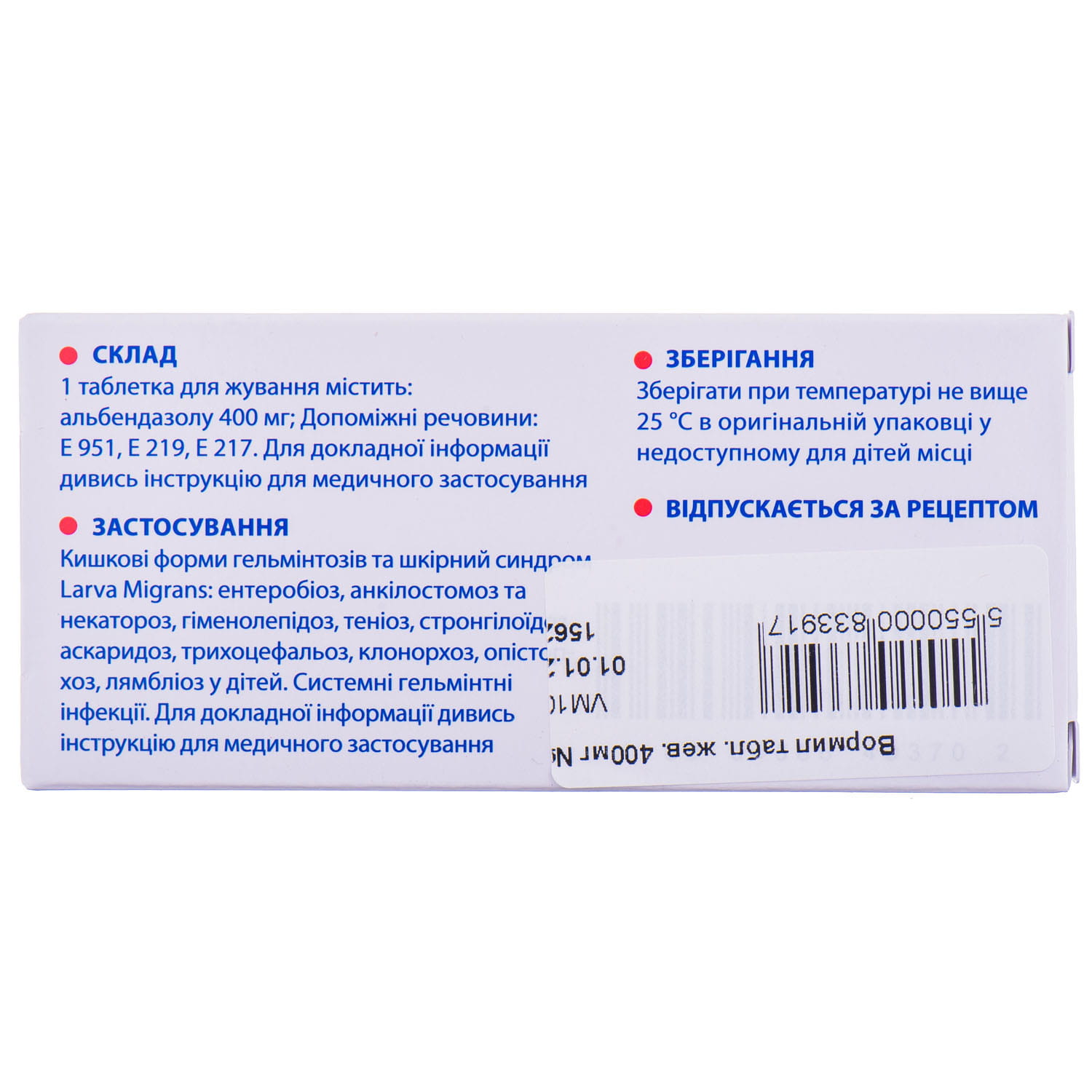
Reviews
There are no reviews yet.